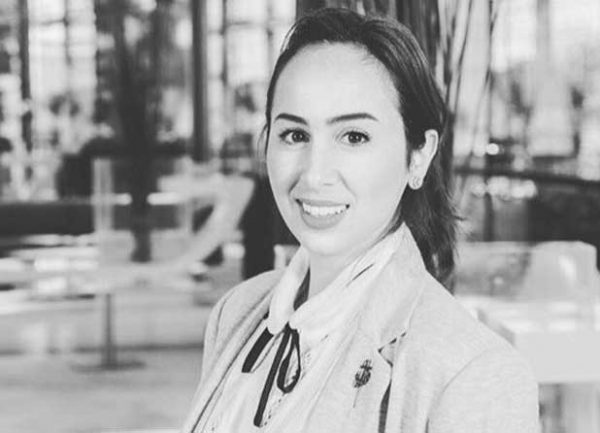
While shopping for my 6-year-old niece, she asked for a Barbie doll, specifically a wheelchair limited edition one. The signature collection comes in a range of Vitiligo, plus-sized and curly-haired Barbie dolls.
That’s right, diversity is now key. Brands are moving in that direction, where you see models with Down syndrome (Gucci,) Nike Hijabi, Lego’s LGBTQ set, and Xbox adaptive controller for players with disabilities.
Why should this matter? Because brands are moving away from the perfect “Cookie Cutter” approaches in their marketing communication in their campaigns on social and digital.
All these brands listed above have gone beyond the traditional advertising, like the bold move by Mattel, the company behind Barbie. My favourite diversity-related campaign is the Gucci campaign which featured a model with Down Syndrome, Elle Goldstein, she has now become on the cover of Glamour and Elle and has 90,000 followers base on Instagram. Victoria’s Secret Pink range has followed a similar suit by featuring models of all shapes, colours and sizes on their social media pages.
Brands must take note of what really matters and not what is trending, and that’s diversity. Consumers are conditioned to see the perfect model with flowy hair, tiny waist, and retouched skin in a beauty brand, so when Rihanna leveraged her super celebrity status by creating 50 shades of Fenty concealers, it became a hit product at Sephora (way to go Bad Gal Riri).
Moreover, Dove reinforces their message about “Real Beauty”, it has made an impact on women to feel their most beautiful regardless of skin, colour and size.
Nike has created a campaign inspired by female soccer player Andressa Alves, “The doll I never asked for”, pushing the message that gifting girls dolls has never been something she wished for and would’ve preferred to receive a football instead. This campaign went viral and pushed girls to play football.
A power move by Xbox where they have created a special adaptive controller for players with disabilities, their powerful message really made an impact “When everybody plays, we all win” was celebrated at the Superbowl inspiring disabled kids to play with controllers adapted to their special needs.
Lego celebrates the LGBTQ community by creating a special edition rainbow set with the message “Everyone is awesome” featuring the iconic rainbow display of brick characters. My Lego-obsessed son would love to get his hands on this set for sure.
Moreover, Lego recreated the classic ad “what is beautiful” by remaking it to “What is inspiring” featuring a range of autistic, black and diverse children in collaboration with UN Women. That’s a beautiful way to lead the conversation on representation and reinforcing the message that not only “cookie-cutter” types are celebrated. Their marketing strategy is “on point” when it comes to diversity!
Yet brands in the Middle East have a long way to go in their marketing communications especially when talking about diversity. Nike has done a good job by featuring some Hijabi athletes like Egyptian runner Manal Rostom who inspired the brand to create Nike Hijab. Now that’s a sight for sore eyes.
You tend to see marketers let their unconscious biases’ make decisions. It’s not a secret that marketing is a predominantly white industry so naturally there are marketers who choose models who look like them; it’s safe, it’s relatable, but unfortunately, it’s not real life.
Have your say, have you seen any ads that feature representation or diversity? Is it a buzzword or a must these days?
Let me know in the comments below.









